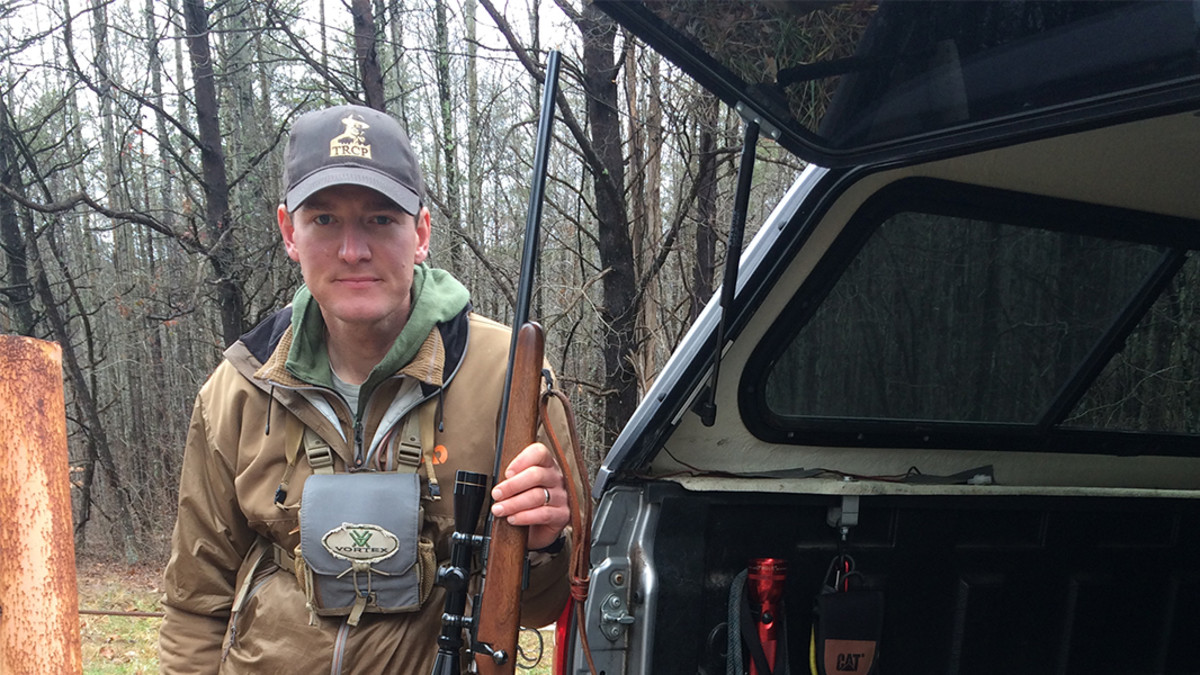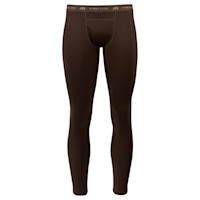
Optics aren’t nearly as integral to small game hunting as they are to big game hunting. If I had to choose between bringing my pants or my binoculars on a small game hunt I’d have a hard time deciding.
I use my binoculars to scan for small game and to identify suitable habitats at a distance. I also like to have them around my neck for observing non-game wildlife and scouting for future big game hunts.
Before I get into the technical aspects of binoculars, I’m just going to come right out and say that a pair of 8×32 roof-prism binoculars are hard to beat for all-around small-game hunting. Now if you care to know what that means, and why I feel the way I do, read on:
Understanding the X
Binoculars are usually described with two numbers separated by an x. For instance, you might see binoculars described as 8×32, 8×40, 10×40, or 12×50. The first number, the one that precedes the x, refers to magnification. A pair of 10x binoculars, for example, produces an image as if you were 10 times closer to the object. 8x magnification produces an image as if you were 8 times closer. The amount of magnification you need depends on what you’re doing.
My go-to big game binoculars are 10x, especially when hunting open country where I’m able to mount my binoculars to a tripod in order to stabilize them. But I much prefer a set of 8x binoculars for the up close detail work of small game hunting, particularly looking for rabbits in thick brush or trying to pick out a squirrel that’s hiding on top of a tree limb in the canopy of an oak.
The lower magnification of 8x binos creates a steadier sight picture than you get from 10x binos, which are strong enough to betray every little quiver of your hands. Some guys can pull it off, but 12x binoculars are nearly impossible to free-hand; they almost have to be mounted on a tripod. 7x binos are great for small game, though they are not as widely available as 8x.
The Objective Lens
The second number in binocular descriptions, the one coming after the x, refers to the diameter (in millimeters) of the objective lens. All other things being equal, a pair of binoculars will produce increasingly brighter, sharper, and wider images as the objective diameter increases. The tradeoff is an increase in weight. A pair of 50mm binoculars can give you a big beautiful image, but it can also feel like a brick around your neck. Really, the decision for a small game hunter comes down to 30 vs. 40. If you live out West and hunt big game as well, go with 40. If you live in the East and/or primarily stick to small game, go with 32.
Guts of the Bino
Another important consideration is the prism style. This refers to the inner workings of binoculars, particularly how the image is “righted” after passing through the objective lens. Most binoculars are either roof prism or porro prism. You can usually tell them apart because roof prism binoculars have two straight barrels while porro prism binoculars have barrels that bulge out beyond the eyepiece. Porro prism binoculars look more old-school; that’s what your granddaddy had.
Porro prism binoculars will produce a brighter image than roof-prism binoculars of the same magnification, objective size, and optical quality. However, roof-prism binoculars are generally lighter, narrower, easier to hold, and better able to withstand abuse and water intrusion. Most manufacturers of quality hunting binoculars use the roof-prism design, and for good reason.




